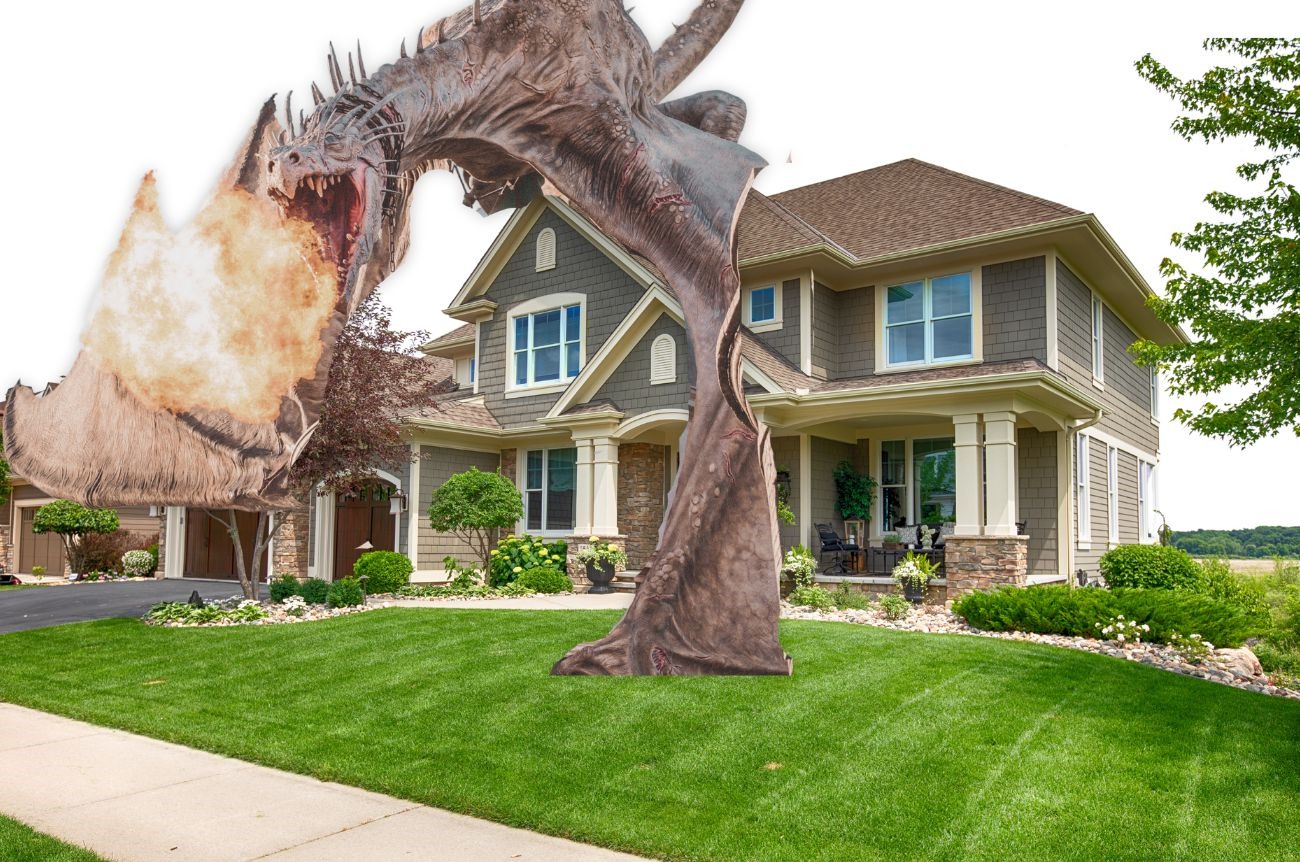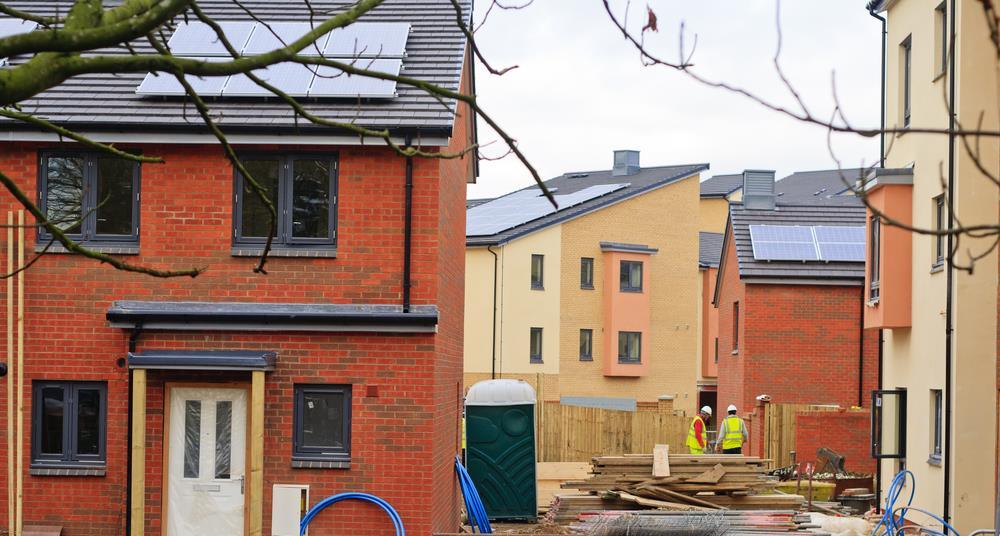
As we approach the mid-2020s, the U.S. housing market is poised for significant changes. The next five years will be shaped by various factors, including demographic shifts, technological advancements, and economic trends. In this article, we will delve into the 2025-2029 five-year housing market predictions, exploring the potential trends and forecasts that will impact the industry.
Demographic Shifts: Changing Buyer Preferences
The U.S. population is undergoing significant demographic changes, with millennials and Gen Z becoming increasingly influential in the housing market. These younger generations prioritize affordability, sustainability, and technology integration when searching for homes. As a result, the demand for
sustainable housing and
smart home technology is expected to rise. Builders and developers will need to adapt to these changing buyer preferences to remain competitive.
Economic Trends: Interest Rates and Inflation
The U.S. economy will continue to play a significant role in shaping the housing market. The
Federal Reserve's interest rate decisions will influence mortgage rates, affecting buyer demand and affordability. Additionally,
inflation rates will impact construction costs, leading to potential price increases for new homes. As the economy navigates these challenges, the housing market will need to adapt to maintain stability.
Key Predictions for 2025-2029:
1.
Increased Focus on Affordable Housing: The demand for affordable housing will continue to grow, driven by rising housing costs and stagnant wage growth. Developers and policymakers will need to work together to address this issue.
2.
Sustainable and Energy-Efficient Homes: As concern for the environment grows, the demand for sustainable and energy-efficient homes will increase. Builders will need to incorporate eco-friendly features and materials into their designs.
3.
Technological Advancements: The integration of smart home technology and
PropTech will continue to transform the housing market, enhancing the buyer experience and improving property management.
4.
Shift to Multigenerational Living: As the population ages, there will be a growing demand for multigenerational homes, designed to accommodate multiple generations under one roof.
5.
Regional Market Variations: The housing market will experience regional variations, with some areas experiencing growth and others facing challenges. The
best places to live will be shaped by factors such as job markets, education, and quality of life.
The 2025-2029 U.S. housing market predictions indicate a transformative period for the industry. As demographic shifts, economic trends, and technological advancements converge, the market will need to adapt to changing buyer preferences and priorities. By understanding these trends and forecasts, buyers, sellers, and industry professionals can make informed decisions and navigate the evolving landscape of the U.S. housing market.
Stay ahead of the curve and stay informed about the latest housing market trends and predictions. Follow us for more insights and updates on the future of homeownership.
Note: This article is for general information purposes only and should not be considered as investment or financial advice. Always consult with a qualified professional before making any decisions related to the housing market.









